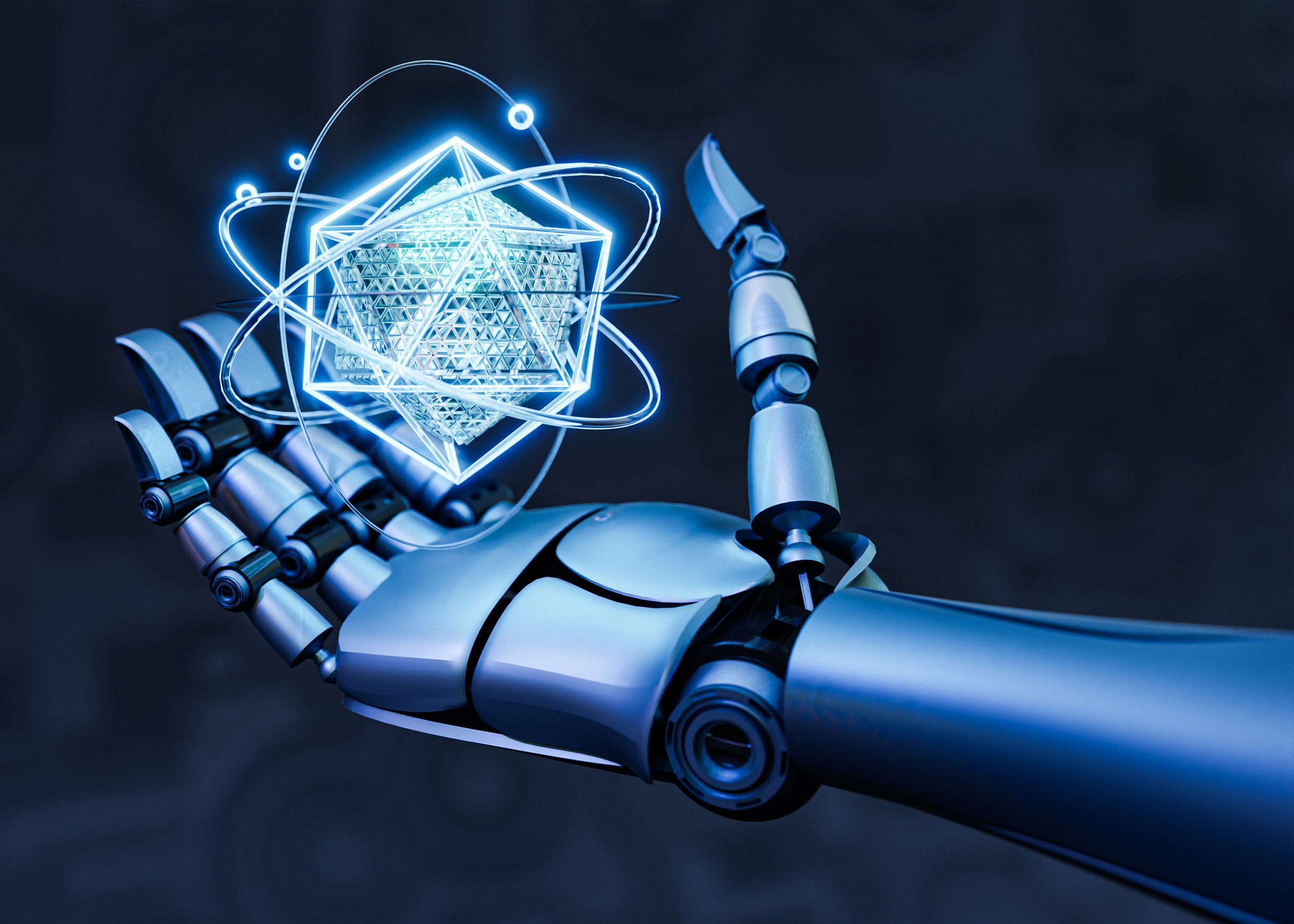
TechNews
Latest updates and insights on tech.
Blended Commerce Evolution 2025
This article explores how retailers in 2025 are creating seamless omnichannel experiences that merge in-store, online, and virtual shopping. By integrating data, personalization, and real-time logistics, brands are building unified, flexible journeys that meet modern customer expectations and set new standards in retail.
Digital Twins for Development
This article explores how digital twins are revolutionizing product development by enabling real-time simulation, rapid iteration, and predictive insights. From design to deployment, virtual models help engineers and teams test ideas faster, reduce costs, and optimize every stage of a product’s life.
Sustainable AI: Designing Environmentally Friendly Algorithms
This article explores how developers and organizations are addressing the environmental impact of artificial intelligence by designing more efficient algorithms, using clean infrastructure, and adopting greener development practices. It highlights the growing importance of sustainable AI in reducing carbon emissions while enabling responsible innovation in the digital age.
Data-Driven Workplace Culture
This article explores how organizations are using workplace analytics to understand and actively shape their culture. It highlights how data reveals patterns in communication, engagement, and inclusion—helping leaders foster more connected, equitable, and high-performing teams. With the right approach, analytics becomes a powerful tool for creating intentional, values-driven workplace environments.
AI-Driven Work Efficiency
This article examines how AI assistants are transforming workplace productivity in 2025—from automating administrative tasks to supporting strategic decision-making. It explores the most powerful tools in use, how they're improving communication and efficiency, and what organizations need to consider when deploying them. With smart assistants at our side, the future of work is faster, clearer, and more intentional than ever before.
Efficiency Through Automation
This article explores how automation is transforming the modern workplace by redefining roles, enhancing efficiency, and freeing employees from repetitive tasks. It discusses how organizations are integrating technologies like RPA and AI to streamline workflows, create new hybrid job functions, and drive smarter business operations—while also addressing the cultural and ethical challenges that come with this transformation.
Employee Wellness Platforms
This article explores how Employee Experience Platforms (EXPs) in 2025 are revolutionizing how companies integrate wellness and productivity. From AI-powered feedback to embedded mental health tools, EXPs help organizations build workplaces where employees feel supported, engaged, and equipped to succeed. As work becomes more digital and distributed, these platforms serve as the connective tissue between people, purpose, and performance.
Monetizing Business Analytics
This article explores how enterprises are turning analytics into business value by developing data-driven models that generate revenue, improve services, and drive innovation. It outlines monetization strategies, infrastructure needs, and ethical considerations that define success in 2025’s data economy—where insights aren’t just informative, but profitable.
Leadership in Tech Organizations
Digital transformation isn’t just about adopting new technologies—it’s about enabling people to thrive in digital environments. This article explores the leadership styles, skills development, and cultural shifts organizations must prioritize in 2025 to succeed in a tech-driven world. From empathy-driven leadership to continuous learning, it highlights how human-centered strategies power long-term digital success.
Digital-First Culture Shift
This article explores how legacy organizations can move beyond one-time digital transformation projects to build lasting, digital-first cultures. It breaks down the barriers to cultural change, the leadership mindsets needed, and the daily behaviors that reinforce agility, collaboration, and innovation. In 2025, digital-first isn’t a toolset—it’s a way of thinking and operating across the entire organization.
Outpacing with Digital
Digital-first companies are rapidly surpassing traditional businesses by leveraging technology, data, and agile business models. This article explores the reasons why these companies are thriving, including their ability to enhance customer experiences, make data-driven decisions, and scale rapidly, while traditional companies struggle with legacy systems and slower adaptation.
Automation Reduces Costs
Automation is revolutionizing business operations by improving efficiency, minimizing human error, and significantly reducing operational costs. This article highlights the key ways in which automation technologies, such as robotic process automation (RPA) and artificial intelligence (AI), help organizations streamline workflows, enhance productivity, and achieve cost savings. From optimizing resource allocation to improving customer service, automation is a powerful tool in driving competitive advantage in today's market.
Strategic AI for Leaders
Artificial Intelligence (AI) is rapidly shaping business strategy by fostering innovation, enhancing decision-making, and generating competitive advantages. This article explores how AI can be integrated into business strategy, covering applications such as automation, data-driven insights, and personalized customer experiences. It also delves into challenges such as data privacy concerns and workforce adaptation. By understanding these dynamics, business leaders can leverage AI to drive sustainable success.
Data-Driven Growth
In today’s rapidly changing business environment, leveraging data-driven decision-making (DDDM) is essential for long-term growth and gaining a competitive edge. By utilizing data analytics, organizations can make informed, strategic decisions that optimize operations, reduce risks, and enhance customer experiences. This approach empowers businesses to identify emerging market trends, improve efficiency, and drive innovation. As digital transformation accelerates, data-driven strategies will play a pivotal role in shaping the future of business success.
Smarter Data at Edge
Edge computing is transforming data processing by decentralizing computational tasks, reducing latency, and enhancing security. By processing data closer to its source, businesses can achieve faster, more efficient operations, particularly in IoT applications and real-time analytics. This article explores how edge computing is reshaping data processing, improving security, reducing cloud dependency, and enabling the integration of AI and machine learning at the edge. As industries embrace edge computing, it is becoming an essential component of digital transformation strategies.
AI Business Auto
The integration of artificial intelligence into business operations is driving a new era of automation that extends far beyond traditional industries. This article explores the transformative impact of AI-powered automation, from intelligent process automation and predictive analytics to autonomous decision-making and ethical AI governance. As organizations navigate this evolving landscape, they must strategically adopt AI to enhance efficiency, foster innovation, and address the challenges of workforce transformation and responsible deployment. Embracing AI not merely as a tool, but as a strategic partner, will be key to maintaining competitiveness in the digital age.
Hybrid Cloud: Scalable IT
A hybrid cloud strikes a balance between scalability and control, integrating public and private environments. Enterprises keep sensitive data on-premises while accessing burstable compute—though implementation requires robust orchestration to manage security and multi-vendor challenges. This architecture is particularly valuable for industries with stringent compliance requirements, such as finance and healthcare.
















